A bit of calculation about foreign visitors in Borobudur
Ever increasing entrance fees
If you have been traveling in Indonesia during the last 10 years, you have probably witnessed a steep inflation of some entrance fees. I came up with the idea for this article when stopping by Yogyakarta in June 2018. I thought about paying a second visit to Borobodur and Prambanan, and then I realized that a foreigner now had to pay 20$ for each entrance (I paid 30’000Rp when I visited the first time, I was entitled to local price for having a stay permit at this time though).
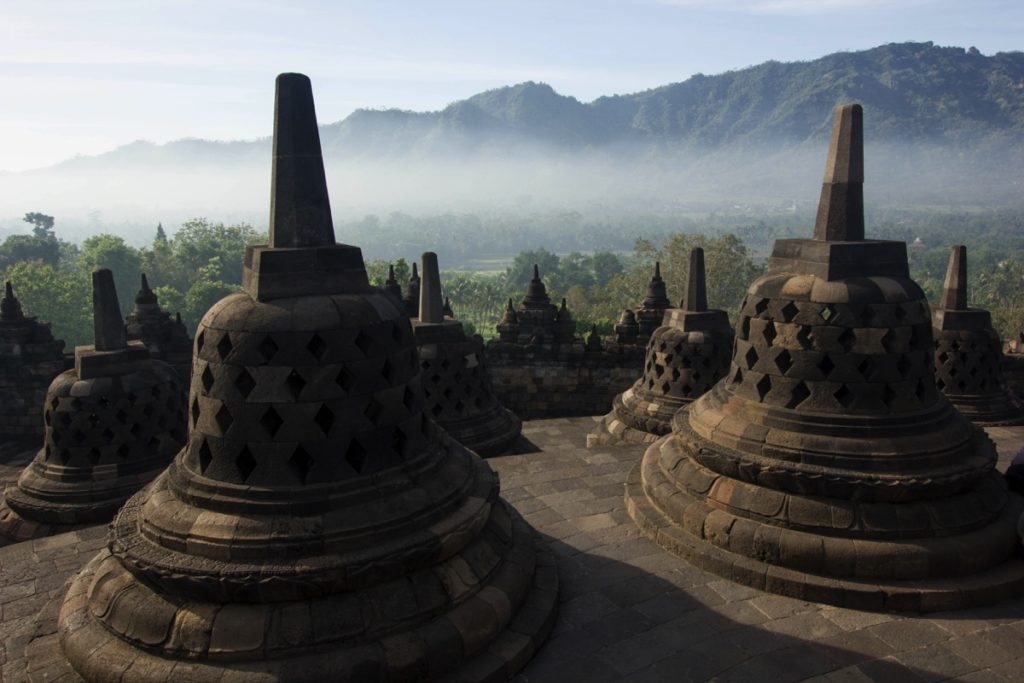
I decided it was a bit exaggerated and changed my plan. Then I thought I might not be the only one doing that. And I went looking for data.
As far as I know here is the price history :
- Until July 2012 foreigners entrance fee was 135’000Rp for Borobodur and 90’000Rp for Yogyakarta.
- From July 2012 to May 2017 it was 190’000Rp for Borobodur and 170’000Rp for Prambanan (prices increased slightly in January 2013 following an adjustement of the calculation).
- From May 2017 both temples entrances are charged 325’000Rp each.
Declining visiting rate
Then I went looking for foreign visitor statistics for Prambanan and Borobodur temples and compared them to the visitors statistics of Yogyakarta (which I think is a good proxy of the total visitors coming in this part of Java) :
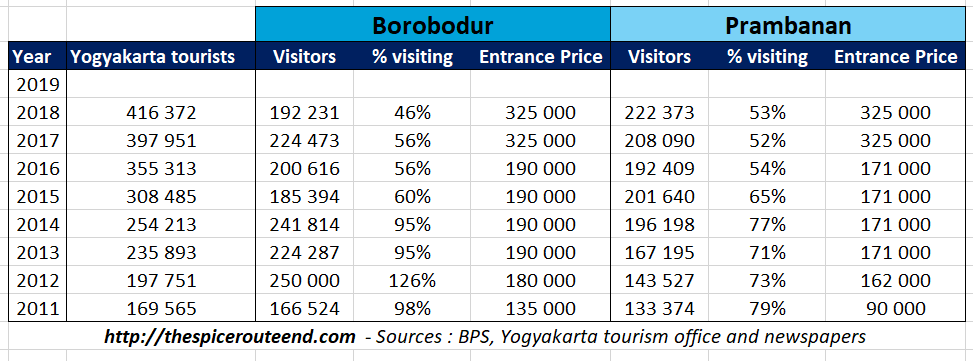
In the early 2010 virtually every visitors in Yogyakarta paid a visit to Borobodur and most of them to Prambanan.
From 2013 and the first significant increase, it seems that foreign visitors started to arbitrate more and more between the two temples. In the end a growing number of them decided to skip Prambanan.
From 2015, the share of foreign tourists in Yogyakarta visiting Borobodur and Prambanan dropped again significantly.
Such a stagnation or even decline is not surprising, given that half of foreign visitors in the region are millenials (Kontan), which I guess are more budget-savy.
From a financial point of view, the first increase was clearly a success. Based on the number of visitors and historical price it is easy to estimate that the 2012 new prices generated almost double revenues from foreign visitors (from 35bn IDR per year to 70-80bn IDR per year).
Visiting statistics in Borobudur were quite low in 2018 and interviews with tourism officials suggest that the downward trends will be even stronger in 2019 (Tribun Jogja). They also mention the fact that foreign tourists are increasingly reluctant to pay the entry prices.
At date (February 2020) no statistics for 2019 are yet available but I’ll update the table once I get them. If Prambanan also starts to experience a decline, this might mean a serious drop in entry fees revenues for the government.
Update June 2022 : towards infinity and beyond …
De facto prime minister of Indonesia Luhut Bansar Panjaitan just announced that entry tickets will be raised to 100$ per person for foreigners (5x increase) and 750’000Rp for locals (from 40’000Rp so almost a 19x increase) (Kompas) ! Entrance tickets for students is now 5’000Rp.
Hiring a tourist guide will also becomes mandatory for every visitors. It is not clear whether this would be included in the ticket or not.
It has been later clarified by the site management (Kompas) that these prices are a newly introduced form of ticket that applies only to enter the candi proper. Old prices still apply both for locals and foreigners but now only gives you access to the surroundings of the building but not the terraces.
From 2017 to 2019 there were in average 200’000 foreign tourists visiting the site per year and 3’600’000 locals. This amounts to about 9860 locals per days and 550 foreigners per days.
Obviously the number of local tourists (besides local schoolboys) is going to collapse ; which is the official target of this policy. This is exactly in line with the recommendation of the Borobudur Conservation Center (BKB) that had previously determined the maximum sustainable amount of daily visitors was 1280 (see this).
This is nonetheless way above virtually all similar monuments in the world : Angkor Vat sells a single day ticket 37$ as of now and, if I’m not mistaken, the Bagan area in Myanmar still charges 25’000 Kyat or about 15$ as a one time entry to the area. Visiting the Gizah Pyramid in Egypt costs less than 15$, same for the Hagia Sophia in Turkey and the Vatican in Rome costs 27€ per person.
The only similar places that comes to my mind now is the Valley of the Kings near Luxor in Egypt. You pay about 15$ to visit 3 tombs but have to pay extra to visit the most spectacular ones which brings you somewhere near 80$ per day.
I do appreciate the richness of the site but I’m afraid they will find very few people to visit at this price. Unless they put in place top-notch and very well trained guides as well as adding to the site a modern museum covering the whole hinduization of Java and its demise. Covering the rather incredible story of the site and how it survived through time could be also quite interesting.
Transforming the current ticket system
The government officials acknowledge the decline in foreign visitors for Prambanan and Borobodur but they keep repeating that the solution is in the building of a new international airport and more marketing (Tempo).
The main argument is that Angkor Vat charges now close to $40 for a day and welcomes about 2,6 millions foreign visitors. I would answer that Angkor Wat is a very large area featuring dozens of sites, and usually tourist stay a couple of day there.
My personal opinion is that the entrance fees of Borobodur and Prambanan have become simply too high for a significant share of visitors.
Given the Indonesian character, I don’t believe the government would be ready to decrease the current prices. Nonetheless, I think it would be fair to at least include more entrances in the current tickets.
There are many other minor temples around Borobodur and Prambanan (like Plaosan, Ratu Boko, Mendut or Sojiwan), all of them charging an additional fee (10’000Rp to 20’000Rp for foreign visitors).
Why not make the current Borobodur + Prambanan 500’000Rp combo ticket valid for a week and transform it in a pass for all temples of the area ?
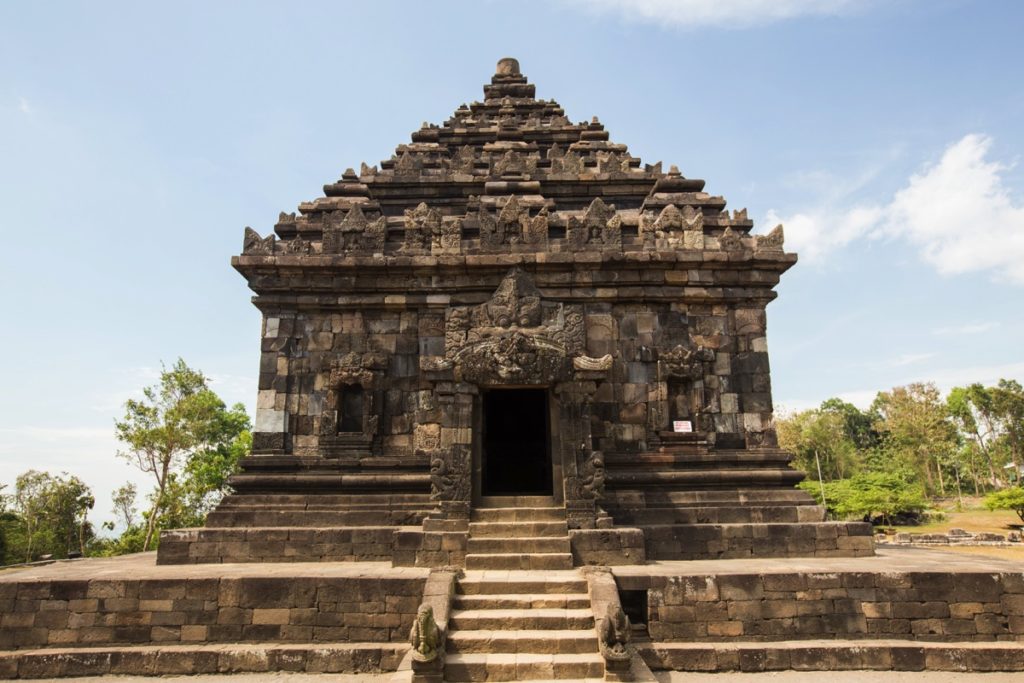
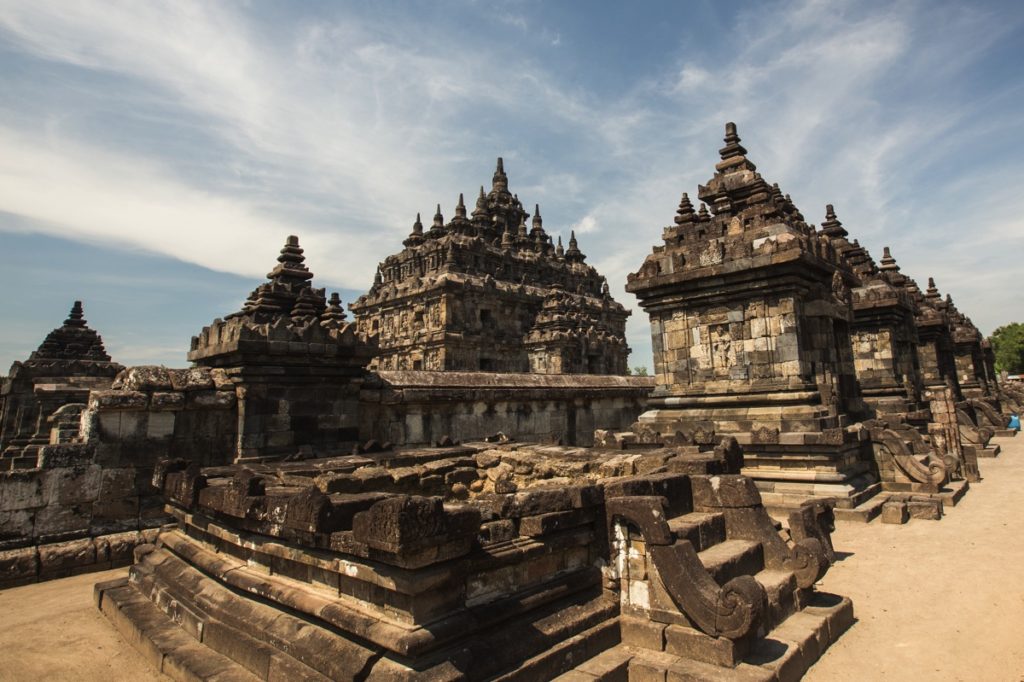
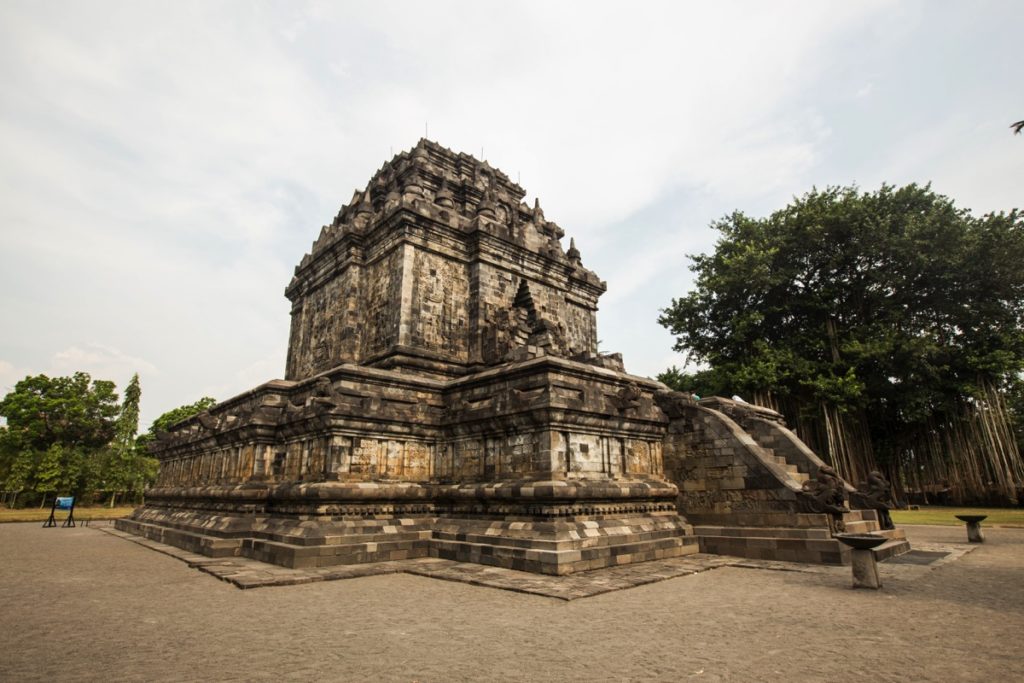
Today minor temples are very seldomly visited by foreign visitors, there is not much to loose by renouncing to the mere entrance fees they generate while this could encourage longer duration of stay in the region, with associated revenue in forms of accommodation, food and transport.
Indonesia’s ambitious target for tourism
The situation with Central Java and Yogyakarta’s landmark attraction is to put in the context of Indonesia’s great ambitions regarding its tourism sector
In 2018, Indonesia’s welcomed nearly 16 millions foreign tourists (Jakarta Post), missing the inital target of 18 millions. It is likely that the target would have been achieved without the bad press generated by successive natural disasters (Mount Agung alert status in Bali, earthquakes in Lombok and Central Sulawesi and a tsunami in Banten).
President Joko Widodo’s 2019 target for national tourism is to reach 20 millions visitors per year (while Thailand welcomes more than 35 millions person/year). For that the government plans to replicate the model of Bali in another ten selected destinations by improving transport infrastructure, tourism amenities and heavy promotions (Straits Time).
Most of the efforts have been concentrated on Lake Toba, Borobodur, Labuan Bajo and Mandalika (South Lombok). As of 2017, Wakatobi was still pretty calm for instance.
Airports have been upgraded for all destinations (a new one was even built in Silangit South of Lake Toba). In South Lombok, the change is drastic : the beachfront of Kuta have been entirely rebuilt, luxury hotels and villas are popping up everywhere and a motor GP track is under construction.
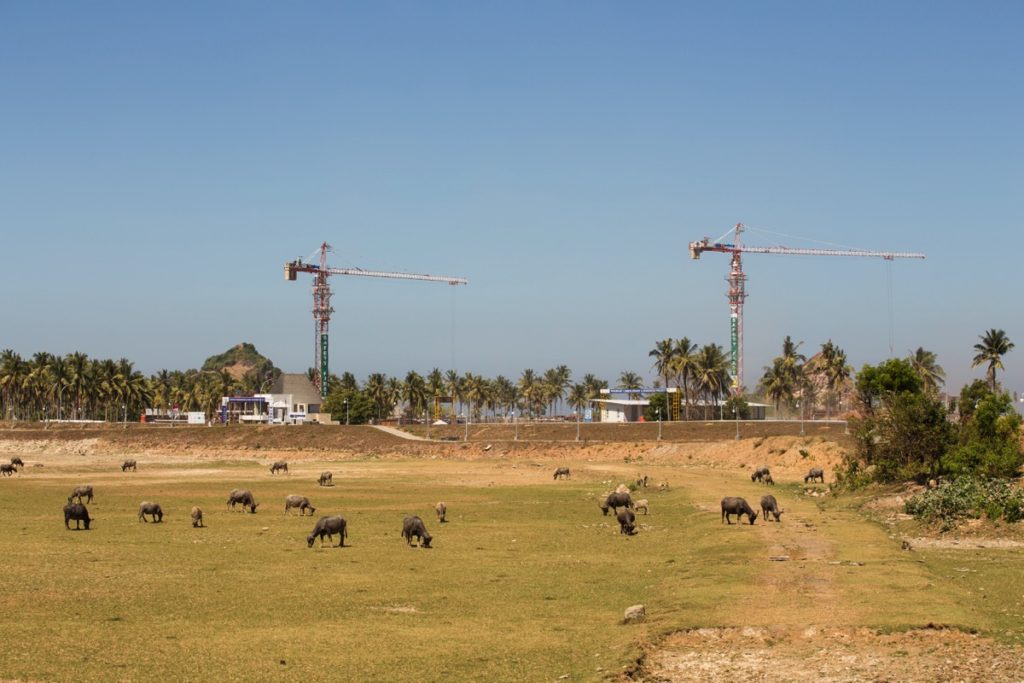
Besides South Lombok and Labuan Bajo, I’m quite sceptical about the prospects of other destinations. I don’t think they have what it takes to become leading tourism hotspots. Many people have been coming back to Bali every year since 2 decades, I don’t see the same things happening for Morotai or Belitung.
Lake Toba statistics are already lagging far behind expectations (Jakarta Post), Lombok too (but the earthquake had a major impact of 2018 statistics, Jakarta Post). In Labuan Bajo, tourism is booming and the natural environment is having trouble to cope with it (South China Morning Post).
Leave a Reply